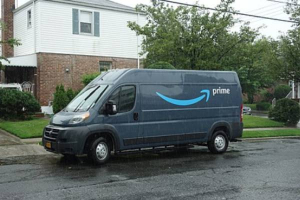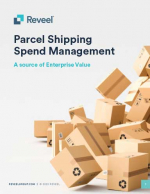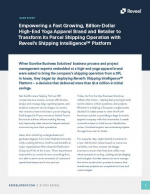Recovering Lost Profits by Improving Reverse Logistics
With so much visibility into this market, we’ve noticed that companies have varying degrees of success managing reverse logistics - as well as varying degrees of missed opportunities when not paying attention to this part of the total supply chain.
It is no surprise that almost every company is looking for ways to increase sales, decrease costs and reduce risks.
But in such tough economic times, the easy cuts have been made and all of the simple process improvements have been put in place. Enter reverse logistics, an often overlooked process that can help companies reduce waste and improve profits.
Reverse logistics is defined as the processes of receiving returned components or products for the purpose of recapturing value or proper disposal.
Reverse logistics processes and plans rely heavily on reversing the supply chain so that companies can correctly identify and categorize returned products for disposition, an area that offers many opportunities for additional revenue. It is much more than simply counting defective items returned by customers.
Also, it is much more complex than outbound shipping in that customers and/or consumers initiate a return, making it an inbound shipment process that is less predictable. The science of reverse logistics includes return policy administration, product recall protocols, repairs processing, product repackaging, parts management, recycling, product disposition management, maximizing liquidation values and much more.
And yet reverse logistics seldom receive much attention - that is, until something goes wrong. Many executives go out of their way to avoid dealing with returns because it can be ugly and is thought of as nothing more than a cost of doing business.
What many fail to realize is that the average manufacturer will spend 9% to 15% of total revenue on returns, according to a 2010 Aberdeen Group study. They are often unaware of the impact returns management can have on their customers, their resources or their bottom line. In fact, improving reverse logistics can help a company increase revenue up to 5% of total sales.
If ignored, critical reverse logistics functions can cost companies millions in lost profits due to damaged customer relationships and external liabilities that could have an enormous impact on their business.
Effectively managed, however, reverse logistics can enable organizations to find hidden profits, improve customer satisfaction and minimize liabilities.
What’s Related




Favorites





